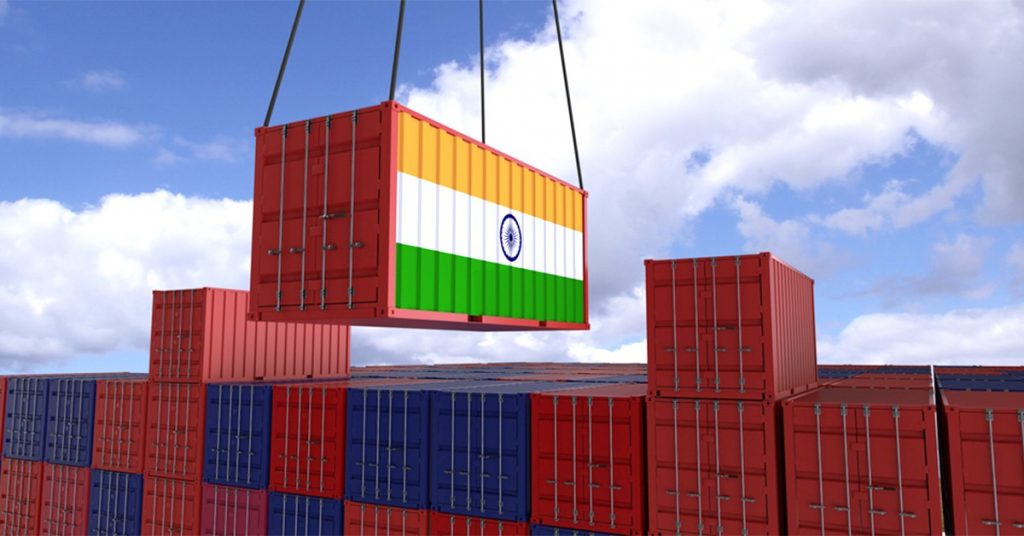
India explores measures to mitigate Red Sea crisis impact on export trade
NEW DELHI : Ιndian government and shipping industry stakeholders have realised the urgency to deal with growing trade challenges from the Red Sea shipping crisis, as market rating forecasters generally expected the emerging economy to grow faster than its larger counterparts.
A high-level committee at the government level has been set up to study and identify alternative trade opportunities from markets remaining largely insulated from the crisis.
Indian exports to the United States, Europe and the Mediterranean are expected to take a hit in the coming months due to the Red Sea-linked supply chain disruptions.
Especially, Indian apparel (ready-made garment or RMG) export volumes have already been under pressure amid the demand downturn. The latest available government data reported a 15% year-over-year fall in Indian RMG exports for November, aggravating from an 8% drop in October.
Apparel industry sources noted that the Red Sea crisis could only add to the demand pressure and this requires devising new strategies to push export volumes. According to them, markets like Latin America and Australia could present some growth opportunities, though incremental growth would not come quickly.
“The world is witnessing two wars and inflationary pressure all across the globe and realignment of its value chain,” said Mr. Mithileshwar Thakur, secretary general at Apparel Export Promotion Council (AEPC).
Thakur also noted, “It is time for India to capture the void spaces and create new ones, we have advantages and inherent strengths to make this possible. Branding and diversification of our export’s basket is key to success.”
At the same time, Mr. Naren Goenka, Chairman of AEPC, expressed concerns over rising shipping costs as a consequence of the Red Sea crisis.
“Indian exporters fear that average freight costs may go up by 25% as insurance premiums may rise,” said Goenka.
He added, “This (crisis) can further delay our delivery schedules and increase our logistics costs, which at the moment is a pressing concern. The solution to this will surely be multilateral and multiparty participation, which the world should not delay any further.”
AEPC recently unveiled plans to push Indian apparel exports by value from US$16-17 billion at present to US$40 billion by 2030 as trade diversification trends within Asia gain pace.
Meanwhile, there is already a sense of concern among Indian shippers about their consignment getting caught up in the supply chain mess as container vessels face delays and service networks blank calls.
Any supply chain disruption is a setback for Indian trade as container volumes out of the emerging market have seen measurable traction in recent months. According to the latest port figures, box volumes in and out of the country’s major public ports were up 8.5% year-over-year from April through December, hitting 9.2 million TEUs.
